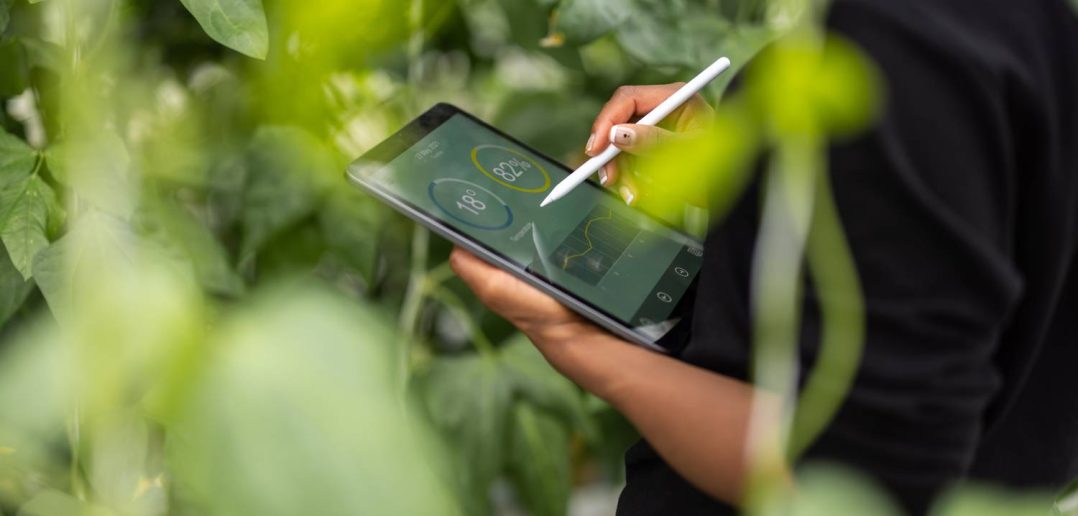In the public sector, agencies and organizations are increasingly using analytics to prioritize and plan their activities. In a sector characterized by the need to get value for money for the public, and often with limited resources, using data-driven work processes is essential. The NVWA, Dutch Food and Consumer Product Safety Authority, is one of the organizations in the public sector that uses data-driven work processes to schedule and analyze interventions and inspections.
Elske van der Vaart is a data scientist at NVWA, which is part of the Ministry of Agriculture, Nature and Food Quality. The NVWA inspects food, consumer products, animals, and plants. The organization carries out educational interventions and reports to the government on these issues. Therefore, it has a broad range of responsibilities and many demands on its budget.
Using analytics to become more data-driven has helped the organization to become more effective and thorough in its inspections. This helped them to gain deeper insights into the state of risk prevention methods and the safety of food, consumer products, animal welfare and nature within the Netherlands. Rik de Ruiter, Senior Data Scientist at SAS, spoke with Elske van der Vaart on how analytics has optimized work processes within the NVWA.
Becoming more data-driven
Q: What is the most crucial part analytics plays in the day-to-day activities of the NVWA?
A: “We are trying to be more and more data-driven and risk-focused, especially with inspections and interventions. This helps us focus on the highest risks for the public and business. Analytics plays a very important role in our business operations. It also creates a way to analyze and substantiate how well we perform. For example, did we manage to conduct all of the promised inspections, and what were the results?” Van der Vaart explains.
Q: How is the NVWA currently using data and analytics to optimize work processes?
A: Van der Vaart: “We have access to a lot of data. Companies must report to us or RVO (Netherlands Enterprise Agency); all that data is stored in our databases. Based on this data, we plan our inspections and interventions. We try to select companies based on how recently they have been visited; we ask experts where they see risks. We are experimenting with more advanced machine-learning techniques to optimize our efforts. This a crucial part of our work.”
Q: Can you give an overview of the different aspects of work using analytics?
A: “We have many colleagues that work with the data we have access to. The analysts work on searching, aggregating, and filtering the data to create concise datasets that we can use for different purposes, such as planning and reporting.” Van der Vaart continues, “They also build dashboards that provide a clear overview of the number of inspections and the results of these inspections for the House of Representatives. Next, we have domain experts who try to do targeted research on the state of the safety of food, consumer products, animal welfare and nature within the Netherlands, and data scientists who try to innovate using more complex methods. Our analysts are supported by administrators, who manage the databases and the access rights to different tools and data sets.”
Moving towards success
Q: How does the NVWA measure their progress and success and how do you see the use of analytics within the organization progressing?
A: “We are a very large organization with 23 domains, and they’re not all at the same level of maturity. However, they all use data and analytics to make intelligent, data-driven decisions. We are also increasingly using dashboards. The authority developed KPIs based on an external advisory report a few years ago. This report includes supervisory intensity, compliance, and enforcement percentages. However, the issue with KPIs is that you need to be able to extract these numbers from the data—and then use the information to make the right decisions. It is quite complicated due to the lack of clear definitions and the fact that there are so many domains, but I think we are getting better at it."
Foundation for more self-service analytics
Van der Vaart adds that the NVWA aims to build infrastructures to support analytics and provide people with easy access to the information they need.
“Our ambition is to have a well-labeled internal database that clearly shows what inspections we have carried out and the results of those inspections,” Van der Vaart explains. “We also want a set of unambiguous definitions to give us a clear overview and certainty about what is available. This will lay the foundation for more self-service analytics so that we can prepare dashboards that people can easily access to get insight into the performance within their domain and for the level they are responsible for without any further programming or ambiguity. We want to ensure that the numbers are accessible to anyone who needs them. This leaves the organization’s data scientists free to innovate with the data and move beyond just reporting. They can now also start predicting whether there will be safety and risk issues in the future.”
“I believe innovation happens when we bring in new people and ideas and work with organizations that provide innovative solutions. However, we also need to be clear about the business needs behind it."
